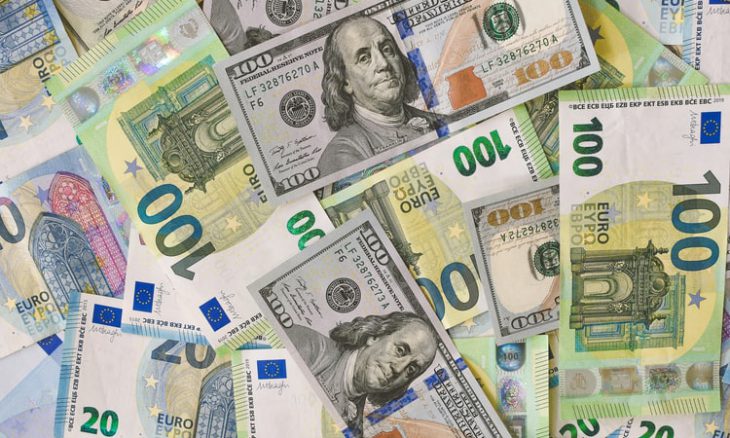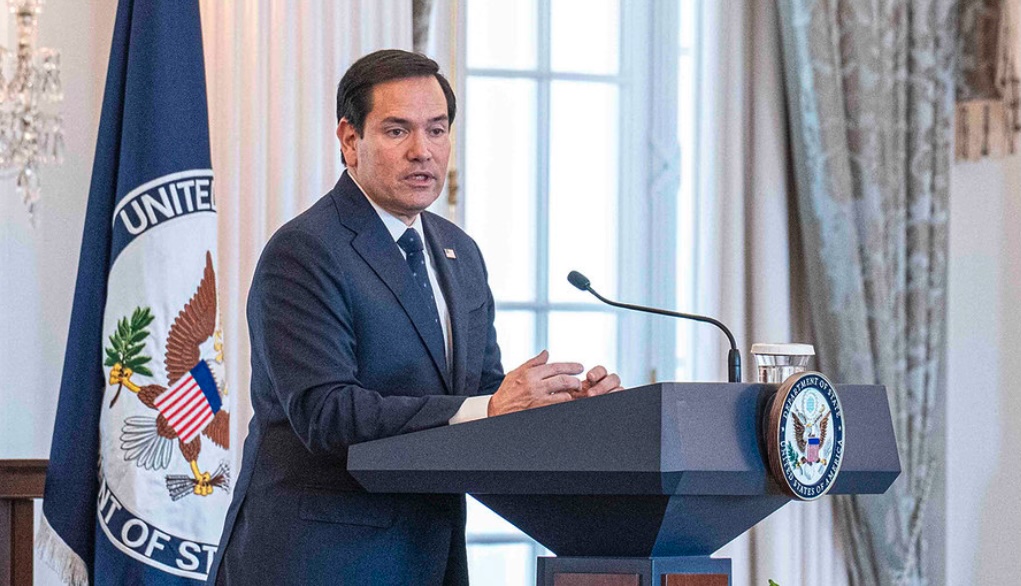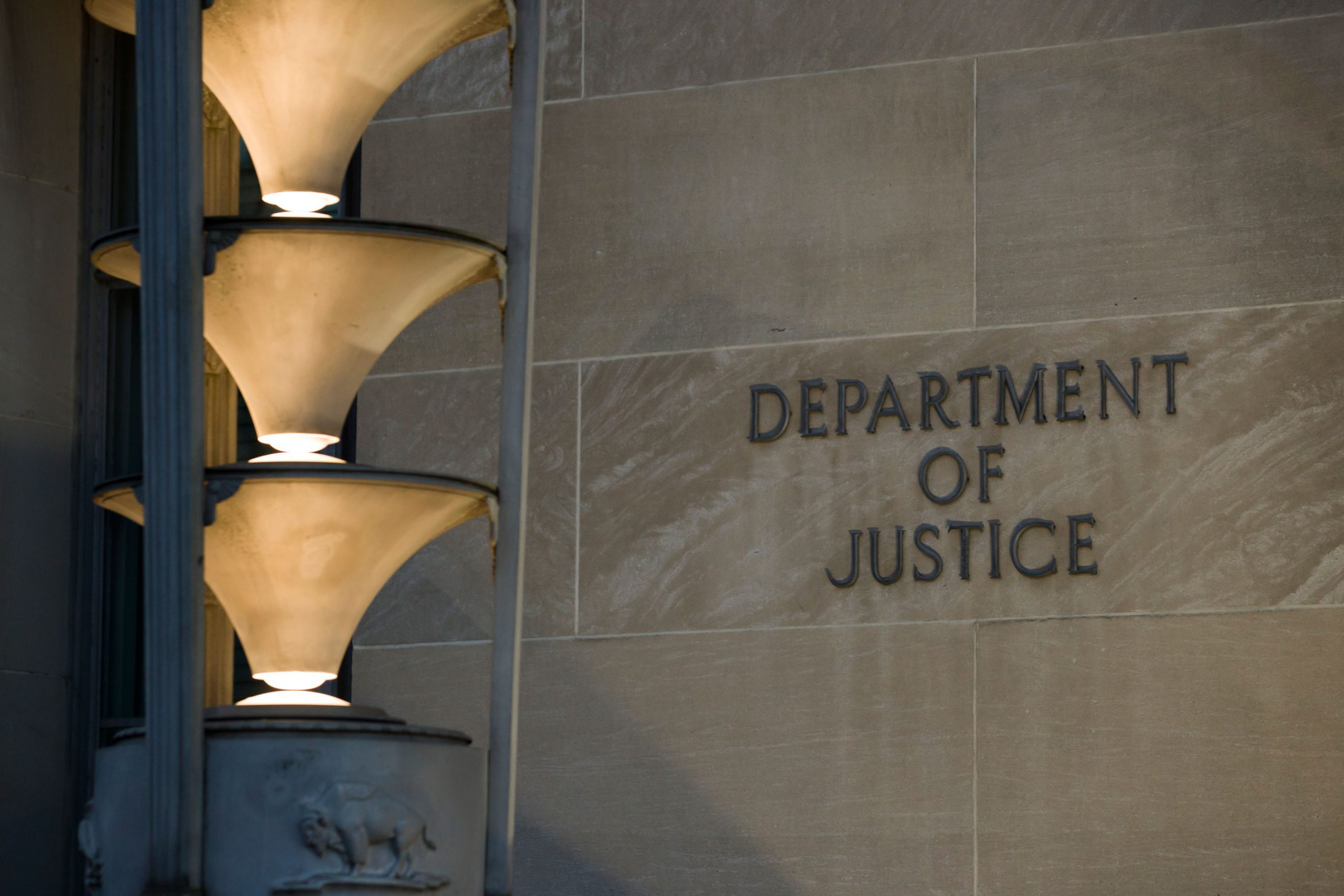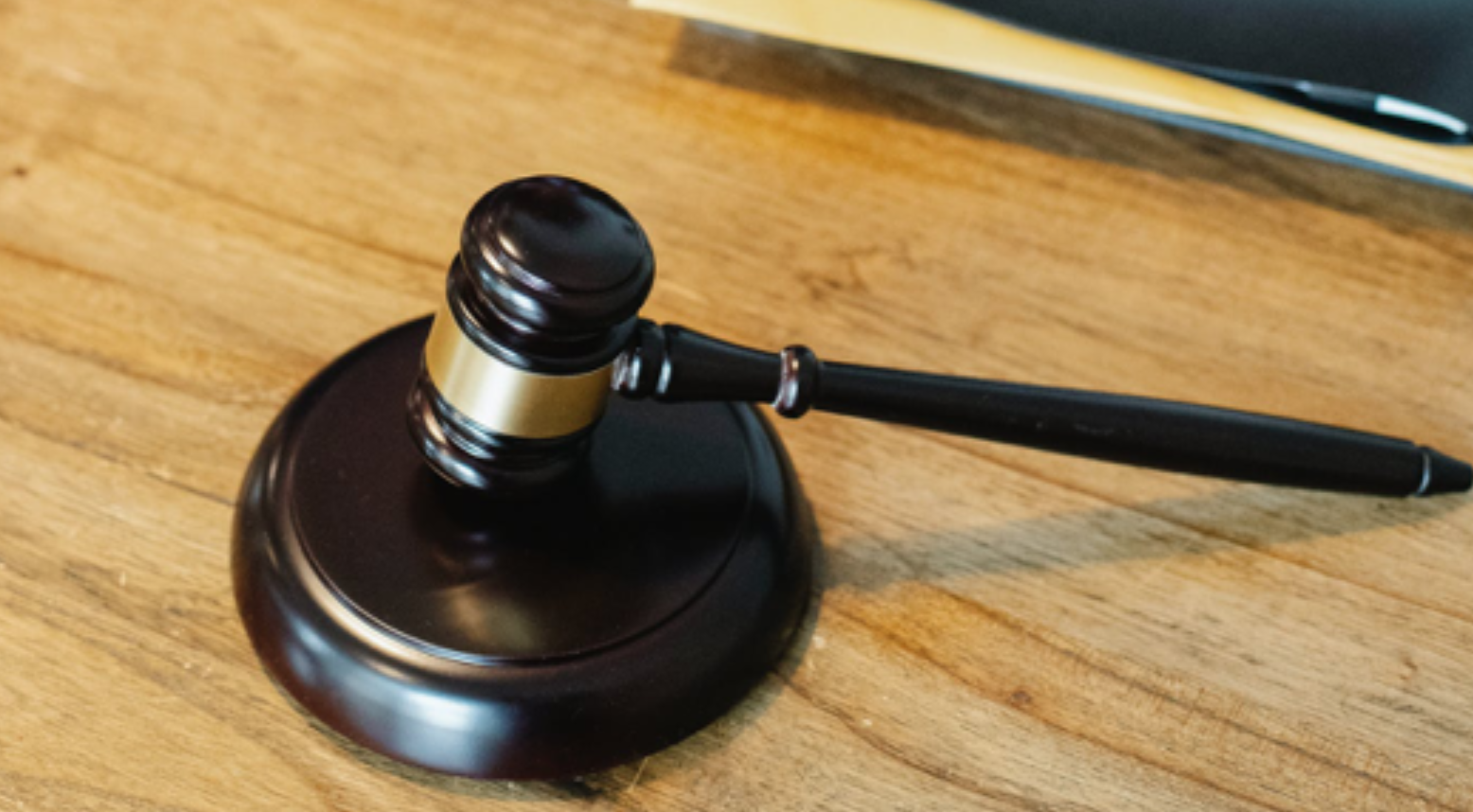The Consumer Price Index is up 6.2% over last October.
The Department of Labor, which maintains data on the cost of living, has reported that the Consumer Price Index has surged by 6.2% in one year. The CPI is the measure for all items except the more volatile food and energy indexes. The new index reports represents the largest one-year increase since August 1991.
Monetary policies also affect inflation. Keeping interest rates low and injecting a lot of money into financial markets can also be linked to the high inflation Americans are now experiencing.
Stimulus checks boosted total demand, and at the same time the ability to supply goods and services have been restricted by the pandemic. While the impact of stimulus money on inflation is now waning, many of the other factors that created these imbalances between supply and demand are persisting, according to Itay Goldstein, a professor of finance and economics at the University of Pennsylvania’s Wharton School of Business.
Banks are also considering their responses to inflation. A sustained period would pose both credit and market risk to banks, and they are assessing that risk in internal stress tests. Wall Street traders are also seeing demand for derivatives that offset inflation protection such as zero-coupon inflation swaps, in which a fixed-rate payment on an investment is exchanged for a payment at the rate of inflation.
Whether major investment bankers, local banks, local businesses, or individual families, all will most likely face a sustained period of inflation, most analysts say.
As the Lord Leads, Pray with Us…
- For U.S. officials as they consider strategies for dealing with inflation.
- For members of Congress as they evaluate legislative measures to support the economy.
- For the president and the administration as they promote new federal spending packages will affect inflation.
Sources: ABC News, One America News









